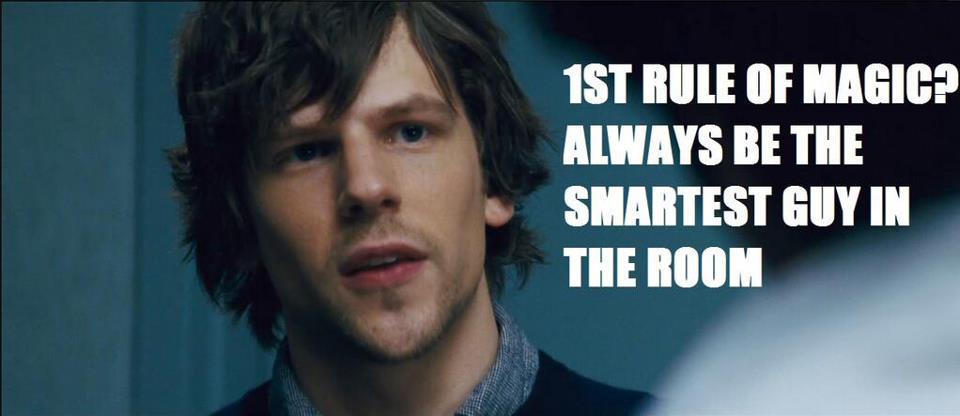

To its credit, “Enron” does humanize some of the marquee names involved in the scandal. Many scenes smack of afterthought, as if the filmmakers realized they needed to liven up some of the more tedious stretches with political controversy, random shots of Ahnold, and T&A. The links drawn between the president and Enron are interesting, but the accusation that Bush let Enron plunder California to bring down Gray Davis seems controversial for controversy’s sake, particularly in light of the slim evidence used for proof. Similarly, there is an attack on the Bush administration that seems less organic to the structure of the film than an attempt to associate the narrative to broader anti-Bush anger. Though they might be part of the mandatory artistic cinematography implicit in films of this sort, they just take up cinematic space. Gibney is fond of vertigo-inducing panoramic sweeps that show off his crane. The trippy montage of pole dancers is simply disorienting there is no call for nudity in an Enron documentary, whether or not it breaks up the monotony.
#THE SMARTEST GUYS IN THE ROOM MOVIE MOVIE#
These oddities, in fact, seem to be the result of a self-conscious effort to make the movie more interesting by the addition of material that actually strikes the viewer as extraneous and awkward amid the interviews. “Enron,” at 110 minutes, feels much longer, even with occasional oddities like the Bush Valentine. In the end, it will take a pretty keen interest in the Enron case and accounting practices in general to truly enjoy this movie, as even the human tragedy is centered on economic concerns.


Enron CFO Andy Fastow is unfavorably compared to the Cheshire Cat, and the description of executive Lou Pai focuses more on his sexual deviancy than his fiscal misconduct. The execs are labeled “ex-nerds” and are repeatedly compared to a clique of popular high school students who terrorize their school. The company’s top dogs are simplistically characterized as completely brutal, heartless, and immature. Of all the insiders interviewed, not one comes from the Lay or Skilling camps. Unfortunately, the documentary leaves the viewer feeling that he’s only heard half the story. Exciting scenes that get to the core of the villainy involved include Ken Lay joking about the California energy crisis, Enron traders talking about ripping off grandmothers, and a bizarre “video Valentine” from both Presidents Bush to former Enron President Jeffrey Skilling. The journalistic bent of the film is apparent in the filmmaker’s acquisition of internal memos, audio recordings and video footage that stand out as particularly worthwhile.īut the fun goes beyond bare investigation. The film is told almost entirely through testimonials, featuring interviews with everyone from a California blue-collar worker who saw his pension fund raided to former Enron VPs.
#THE SMARTEST GUYS IN THE ROOM MOVIE TRIAL#
Top executives, such as CEO Ken Lay, are currently under house arrest and await trial next January.Īs most of the audience going to this type of documentary comes in to the theater knowing the conclusion, the film focuses on the people rather than the numbers, casting the entire story as a “human tragedy.” With careful attention to detail, “Enron” documents the stories of the fresh young traders corrupted by the system, the trusting investors fleeced for all they were worth, and the executives possessed of a seemingly bottomless greed. The film is a relatively straightforward account of the rise and fall of Enron, the infamous energy company whose top executives carted away hundreds of millions while their investors and employees lost billions. The words “economic documentary” and “sexy good time” are rarely used to describe the same movie, and despite a brief tribute to one executive’s stripper fetish, Alex Gibney’s “Enron: The Smartest Guys in the Room” continues this trend.


 0 kommentar(er)
0 kommentar(er)
